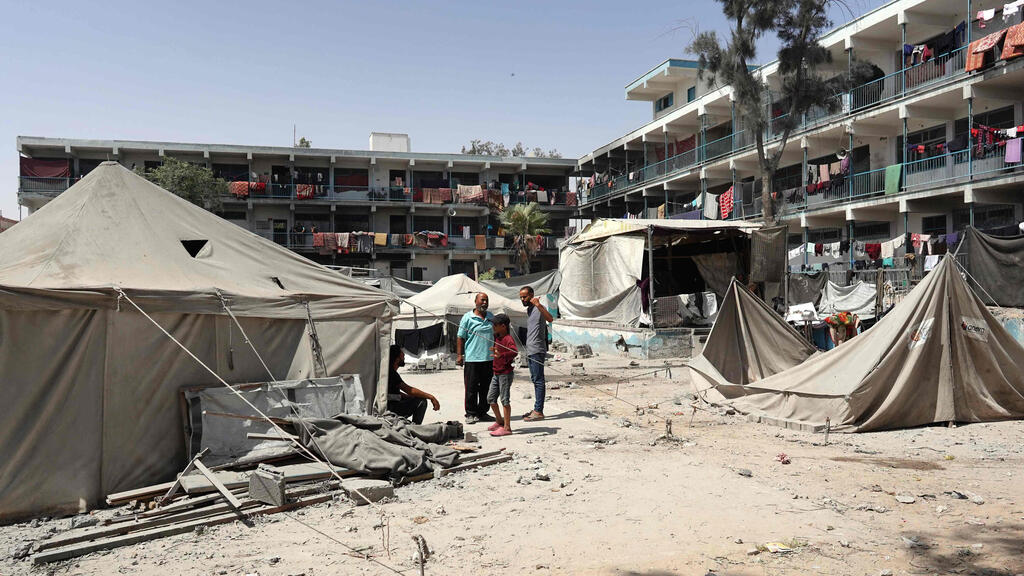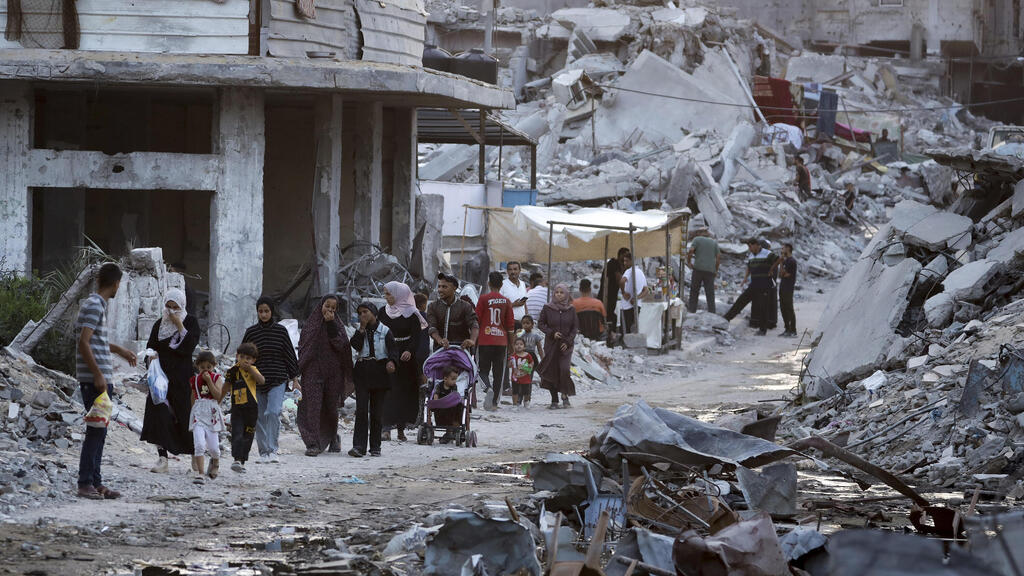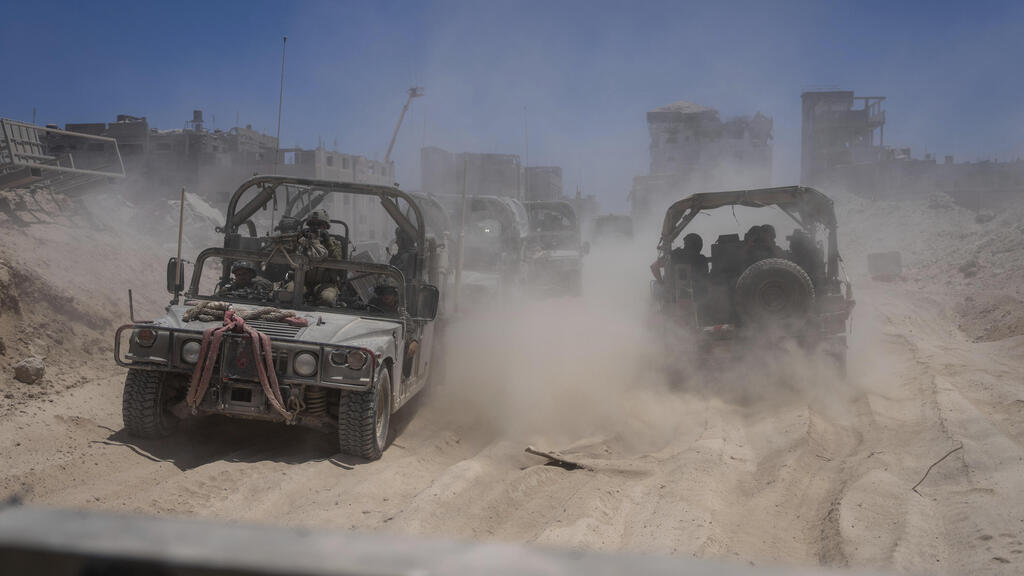Getting your Trinity Audio player ready...
In the coming weeks, Israel and Hamas will engage in mediated negotiations for a cease-fire in exchange for the release of hostages. Here's what we know and what could still derail the chances for an agreement: The deal consists of three phases, each lasting 42 days, totaling 132 days of cease-fire.
Phase one, the humanitarian phase, will see women hostages, female soldiers, the wounded, children and the elderly released in exchange for 600 prisoners named by Hamas, with Israel having partial veto power. On day 16, negotiations for ending the war will begin and continue into the second phase.
The IDF will withdraw from populated areas and major thoroughfares in Gaza, allowing displaced Gazans to return to their homes in northern Gaza. Hostages will be freed in small groups, leaving Hamas leverage if Israel fails to comply with withdrawal agreements.
A key issue is who will control humanitarian aid distribution and prevent Hamas from seizing it, effectively determining civilian control over the Gaza Strip.
In the second phase, Hamas will release male hostages, mostly young soldiers, estimated to be around 20, in exchange for prisoners released by Israel according to a yet-to-be-determined ratio. Negotiations for ending the war will continue.
In the third phase, Hamas will return the remains of Israeli hostages in exchange for an undetermined number of Palestinian prisoners and possibly bodies. After 132 days, the temporary cease-fire will expire. Hamas demands a permanent cease-fire and an end to the current war, guaranteed by mediating countries, including the U.S.
Hamas aims to prolong negotiations and retain some hostages, likely men, to ensure an end to the war.
Details of the 132-day cease-fire, including Israeli flyovers and IDF actions against Hamas tunnels, will be decided in negotiations.
IDF troops will remain along the Gaza-Egypt border and in the Netzarim corridor, though Hamas may demand their withdrawal. Monitoring civilians returning to the north, as Hamas fighters may be among them, is another contentious point.
Gazans' access to the kilometer-long security zone identified by Israel and the rights of Gaza's farmers to work their fields there are also in dispute.
 Ron Ben YishaiPhoto: Courtesy
Ron Ben YishaiPhoto: Courtesy- Israel reserves the right to resume fighting until all war objectives are achieved.
- No smuggling of weapons to Hamas from Egypt to Gaza.
- No return of armed terrorists to northern Gaza.
- Maximizing the release of living hostages from Hamas captivity.
The plan, approved by Israel and welcomed by U.S. President Joe Biden, allows for the return of hostages without compromising other war objectives.





